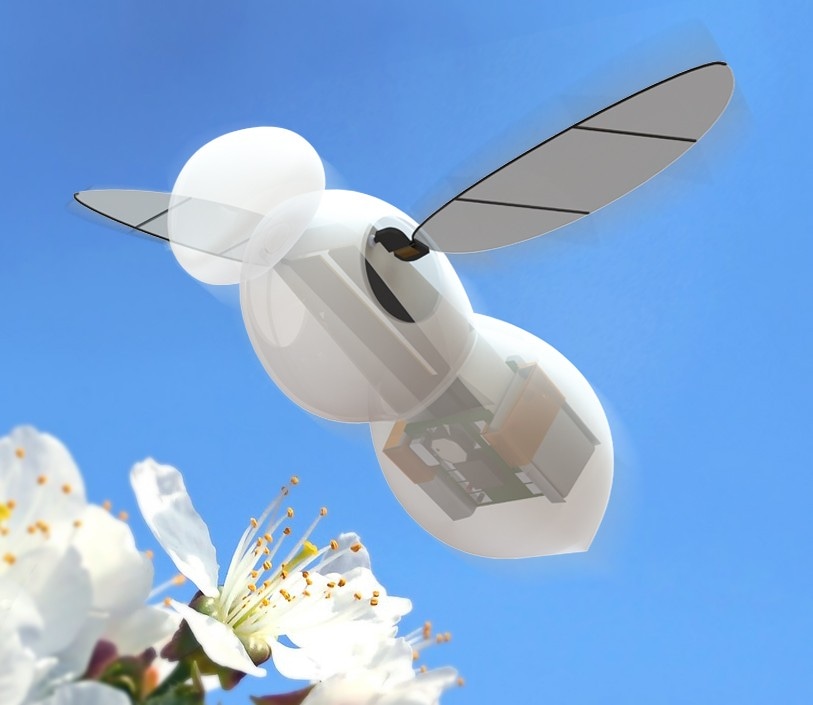Mar 7 2018
Researchers at The University of Manchester are keenly designing swarms of robotic bees and jumping robot spiders, aiming to lead the world in micro-robotics.
 Image credit: The University of Manchester
Image credit: The University of Manchester
However, where exactly will these kinds of robots be used, and will it be something to worry about? Dr. Mostafa Nabawy is the Microsystems Research Theme Leader at The University of Manchester’s School of Mechanical, Aerospace and Civil Engineering. In March, he is presenting a portion of his research, “Spiders Attack: The rise of bio-inspired microrobots” at Manchester’s Industry 4.0 Summit.
Here Dr. Nabawy explains why micro-robots certainly aren’t anything to be concerned about and, instead, could be the revolution in robotics that paves the way for the next generation in manufacturing technology:
‘For our robotic spiders research, we are looking at a specific species of jumping spider called Phidippus regius. We have trained it to jump different distances and heights, recording the spider’s every movement in extreme detail through high-resolution cameras which can be slowed down.’
‘We are now using this biomechanical data to model robots that can perform with the same abilities. With this extensive dataset, we have already started developing prototype robots that can mimic these biomechanical movements and jump several centimeters.’
One may wonder why jumping spiders. In contrast to humans, these spiders are capable of jumping up to six times longer than their own body length from a standing start. In comparison, the highest a human can jump is only one and half times.
Dr. Nabawy says if the way spiders jump in robots can be perfected, they can be used for several different purposes in multifaceted engineering and manufacturing and can be deployed in unfamiliar environments to implement different missions.
Dr. Nabawy’s research and background are in aircraft design, aerodynamics, and the modeling of engineering systems. But he is currently merging this skill with bio-inspired flying and jumping technologies, including flying robot bees.
He added: ‘The ultimate aim is to create a robot bee that can fly independently and we’re quite a long way into that project. But there are also many different opportunities for brilliant science and engineering outcomes along the way so it is a very exciting process.’
‘We’re aiming to create the world’s first robot bee that can fly unaided and unaccompanied. These technologies can also be used for many different applications, including improving the current aerodynamic performances of aircraft.’
‘Or, imagine if the current trend of a declining bee population continues, swarms of robot bees pollinating crops and flowers could become a reality. Whilst this may sound like something out of a transformers film this is our ultimate aim. But don’t worry we are some way off swarms of flying mechanical bees and armies of mechanical spider robots.’
The Industry 4.0 summit is focused on the future of the manufacturing industry, but will also cover topics ranging from Brexit and the Northern Powerhouse to cyber-security, skills shortages, and blue skies technology.